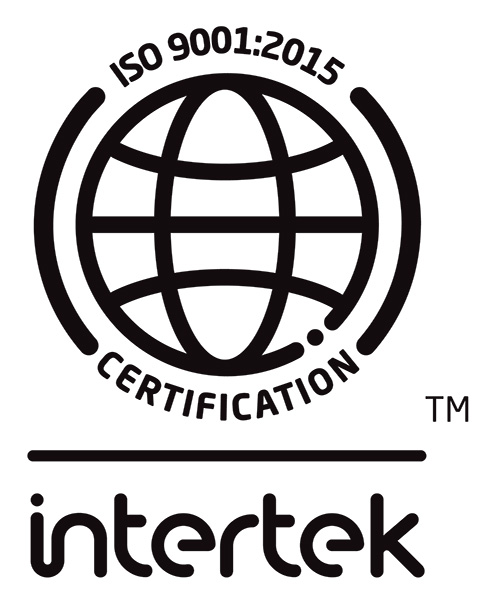Efficacy
The more recently developed glycopeptides agents offer additional parameters that make them potentially more effective for gram positive bacterial infections than vancomycin. They have broader activity, less resistance, considerably longer half-lives (e.g. the half-life for dalbavancin is approximately one week) and are well tolerated.
In vitro laboratory testing
There are some issues with in-vitro laboratory testing that may result in the appearance of false resistance. Media effects and inoculum concentration are known to affect MICs particularly for teicoplanin and to a lesser degree for vancomycin. For example it has been shown that the addition of bile salts enhances the appearance of van B strains of enterococci with lower MICs. For the newer lipoglycopetide agents, it has been shown that in broth dilution tests, addition of polysorbate (Tween 80) is necessary to obtain an accurate MIC. In studies without incorporation of that agent MICs are as much as 8 fold greater, resulting in apparent higher levels of resistance that do not correlate with clinical outcome (4). These agents are large molecules (like vancomycin) and disc diffusion studies have resulted in relatively small zones of inhibition even in susceptible isolates. For those reasons dilution testing has been more accurate for this antimicrobial group.
Testing for vancomycin resistance in S. aureus is difficult and usually requires population analysis studies to separate strains with reduced susceptibility (MICs of 2 – 3 mg/L) from GISA and VRSA strains. Automated systems may overcall resistance. MICs by gradient diffusion techniques are usually lower and may assist in separating isolates with only decreased susceptibility.
Summary.
Antimicrobial activity in the glycopeptide group of antibacterial agents is directed against cell wall components of gram positive bacterial species. Resistance occurs either through plasmid transfer, or is constitutive depending on the mechanism and species. Testing for resistance is these bacterial species requires special attention to media, inoculum and to the properties of each of the agents within the group.
We would like to thank Dr. Rennie for his contribution to our newsletter.
Dr. Rennie is a Clinical Microbiologist for the Alberta Health Services. He is Chair of the CLSI Subcommittee on Culture Media, member of the Canadian Standards Association ISO Z252/TC212 Committee on Quality Laboratory Management, and member (former Chair) of the Clinical Microbiology Proficiency Testing (CMPT) Microbiology Subcommittee.
References.
Glycopeptides and Lipoglycopeptides. In Antimicrobial Agents: Antbacterials and Antifungals. 2005. Bryskier, A. (ed). ASM Press. American Society for Microbiology.Washington DC. Chapter 31.pp 880-905.
Gardete S, Tomasz A. 2014. Mechanisms of vancomycin resistance in Staphylococcus aureus. 2014. J Clin Invest.;124: 2836-40.
Webster D, Rennie RP, Brosnikoff CL, Chui L, Brown C.2007. Methicillin-resistant Staphylococcus aureus with reduced susceptibility to vancomycin in Canada
Diagn Microbiol Infect Dis.;57:177-81.
Rennie RP, Koeth L, Jones RN, Fritsche TR, Knapp CC, Killian SB, Goldstein BP 2007. Factors influencing broth microdilution antimicrobial susceptibility test results for dalbavancin, a new glycopeptide agent..J Clin Microbiol. 45: 3151-4.
Arthur, M. 2010 Antibiotics: Vancomycin sensing. Nat Chem Biol, 6, 5, 313-315.




